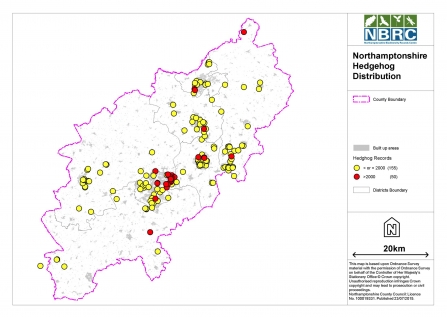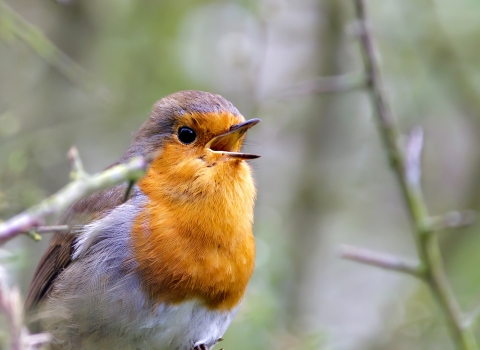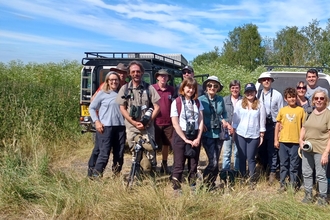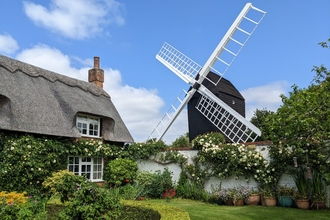BioBlitzes are citizen science at their best. Over the course of 24 hours, volunteer naturalists armed with hand lenses, sweep nets, moth traps, detectors and identification guides set off exploring two Local Wildlife Sites based on Priors Hall Development in Corby to record all of the species we come across in all taxonomic groups.
In a BioBlitz, we aim to build up a complete snapshot of the fauna and flora found in a site, we invite members of the public to learn skills and techniques used to collect and identify species and we compile all of the records made through this shared effort to create a body of biological data from these sites.
Though certainly a nature lover, I am new to the world of ‘species recording’ so working alongside our expert recorders I focussed on common species. This is the most accessible level to start recording and its importance should not be underestimated. As reported in the State of Nature, 2016 over 50% of all British species are actively declining and 13% are nearing extinction. Some species were previously thought ‘common’ such as the garden tiger moth, bumblebee, and hedgehog. We are all now aware of hedgehog decline in the UK but as the below map of ‘hedgehog records across Northamptonshire from 2015’ shows, low reporting of common species can impact on our ability to recognise and respond to trends. You can see how many gaps there are across the county.








